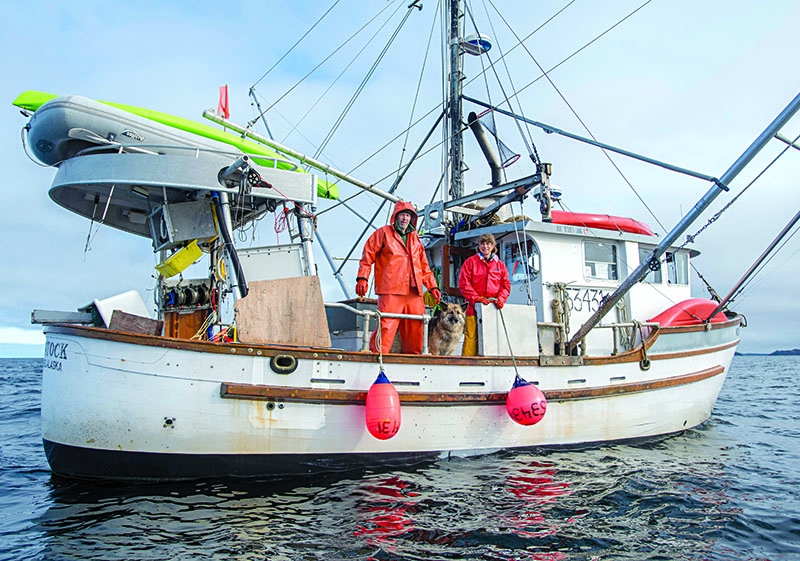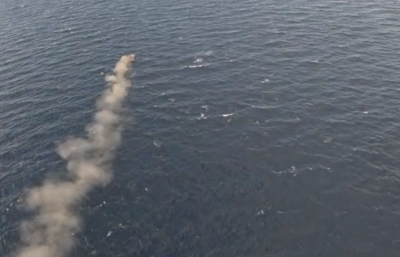Quotas and ex-vessel prices are on the rise for Alaska’s longline fleet, but values are still down by about 30 percent of what they were a few years ago.
“The market was down by 55 percent last year,” says Bob Alverson, manager of the Fishing Vessel Owners’ Association in Seattle. State budget cuts to the Alaska Marine Highway System and its fleet of ferries crimped transportation of halibut from Alaska’s primary seafood landing ports to secondary transportation services in Seattle. That and the onset of the pandemic depressed the markets until near the end of the season, which ended on Nov. 15.
By then, the infrastructure had recovered enough to absorb product.
“The retail market moved really well last year,” says Alverson, adding that this year’s season began on March 14 with low inventories. He reported that ex-vessel prices in May were running 20 percent higher than at the same time last year. Fishermen delivering to Kodiak received $5 per pound for fish that garnered $3.25 last year.
As of May 3 the fleet had landed 1.69 million pounds of halibut and 7.01 million pounds of blackcod. Biomass estimates for blackcod have been on the rise in recent years. This year’s IFQ allocations to longliners stood at 43.45 million pounds, up substantially from the 2021 allocations of 31.71 million pounds.
In recent years the predominance of newly recruited fish in the 2- and 3-pound range had reconfigured markets to move the smaller fish at cheaper prices in Japan. Now, those fish have grown to come in as 3-, 4- and 5-pound fish.
“Those huge year classes of young fish are coming online,” says Alverson. Early deliveries to Cordova ran 75 cents per pound for fish under 2 pounds, $2.10 per pound for 2-to-3’s, $3 for 3-to-4’s, $3.65 for 4-to-5’s, $3.85 for 5-to-7’s and $5.50 for 7-ups. Prices ran 20 cents higher through the various weight splits in deliveries to Seattle.
Though the traditional closure of the longline season had been set for November 15 in the history of the IFQ fishery for the two species, this year’s closure has been pushed back to Dec. 30 in hopes of spreading the harvest to markets throughout a greater portion of the year.







